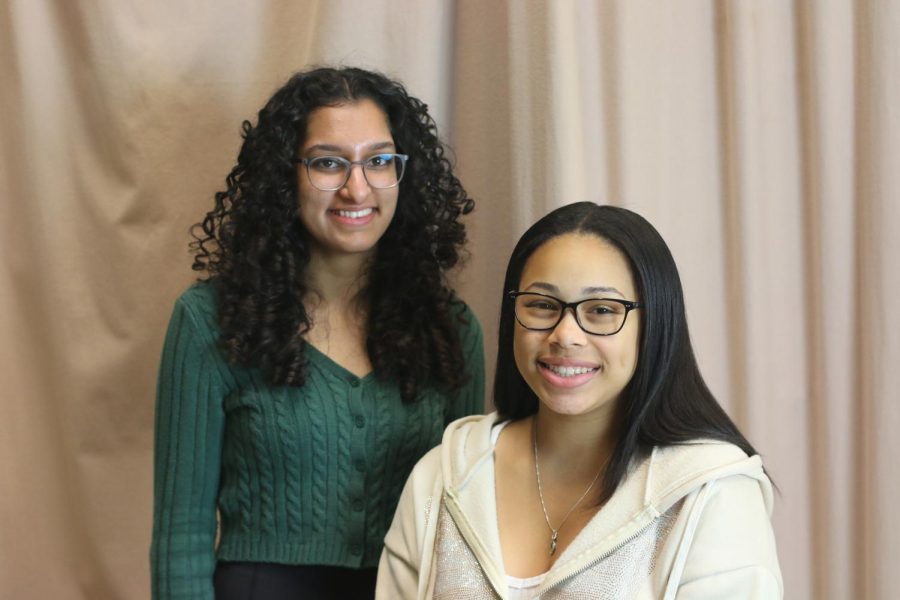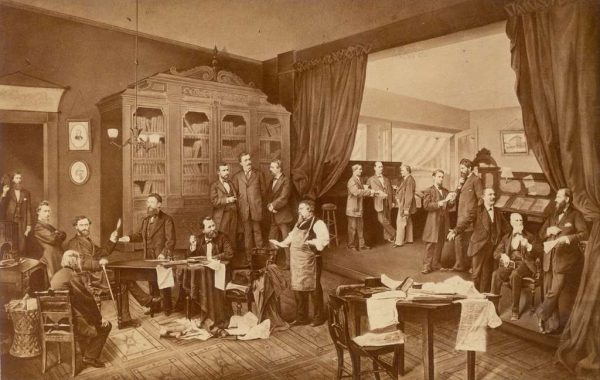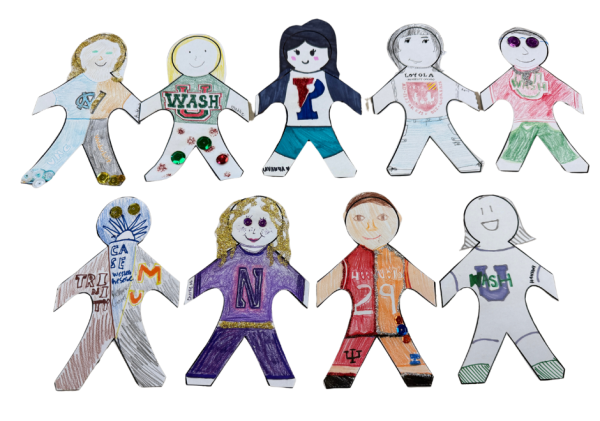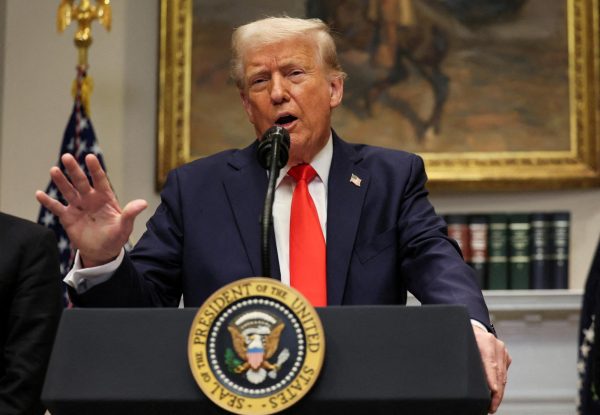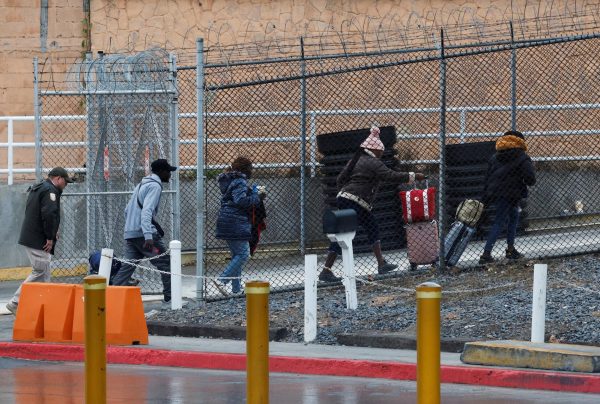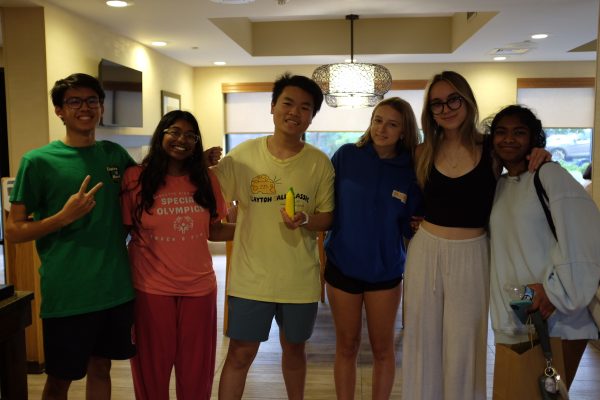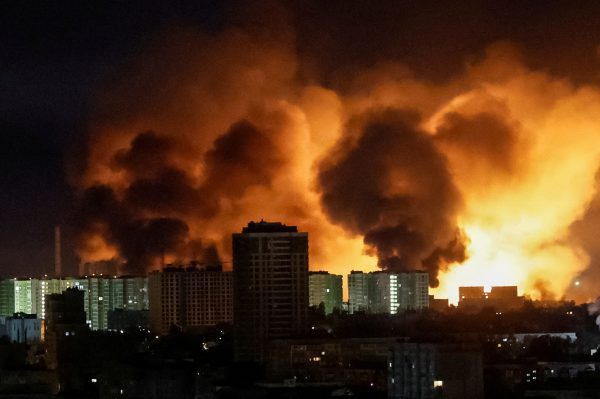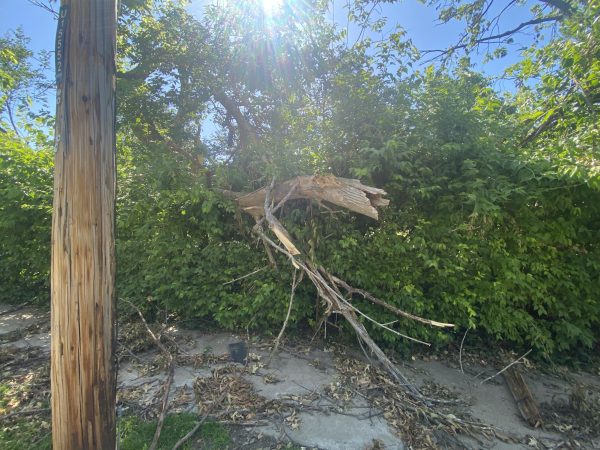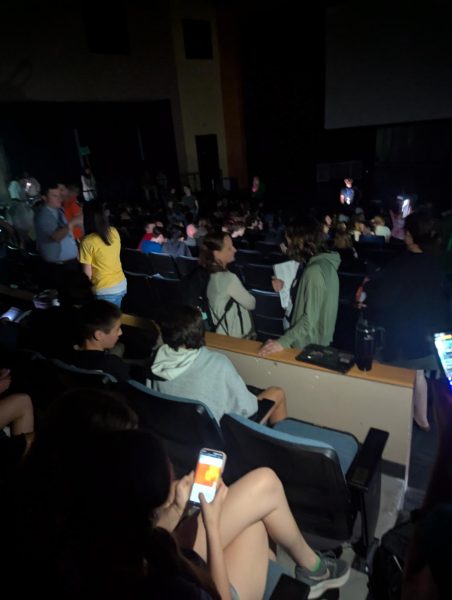Racial Diversity At Clayton High
Saisha Bhutani and Zoe Daniels-Sankey speak about racial diversity at Clayton High School.
The topic of diversity has become more prevalent in the minds of people with the increased focus on marginalized groups, especially in these past few decades. Diversity in education has long been a point of focus and contention, from the integration of schools to more recent program disputes.
Merriam-Webster defines diversity as the inclusion of people of different races and cultures. With Clayton High School being a Predominantly White Institution (PWI), the embracement of such various cultures and races is sometimes not shown the same way it is talked about. When walking into Clayton you are greeted with a wall full of yearbook pictures dating all the way back to the establishment of the school. While flipping through the front of the pictures, you will see no people of color. There were many years before Clayton High School saw a person of color, and even when they began to come to Clayton, it was in small numbers.
While some of this does have to do with integration, students of color being allowed into the school, even following the integration period, there were few people of color within the district. Laverne Sider, a member of the Clayton High School class of 1949, talked to us about her experience in one of Clayton’s first graduating classes. “I don’t recall any racial discrimination in school because we didn’t have any black people in our classes; they didn’t go to school with us […] I didn’t hear [about discrimination]–– we didn’t discuss it. We were sheltered and it just never occurred to us,” said Sider. “We knew there were problems around but it didn’t affect us.” The lack of diversity in the Clayton staff and student body had the overwhelming impact of creating an echo chamber. The white students, only exposed to other white people in an academic environment, never considered the experiences or even existence of students that weren’t like them. Sider recalls her freshman year of college when she first noticed a student of color in one of her classes for the very first time.
“I thought, Oh my god! I’ve never been in a class with a black person!” Sider said. Never considering people of color in academic positions would ultimately make it difficult to adapt to having them as peers or authority figures, which is becoming increasingly prevalent in today’s world. Speaking on this point, The first and only black science teacher in Clayton High School’s history, Michael Sankey, said, “If you don’t ever see a black person as a teacher or an administrator, how could you ever be able to see a black person as your coworker or boss?”
Clayton, in recent years, has made attempts to mitigate the domination of white people in faculty positions in the school district, according to Diversity Director, Dr. Cameron Poole, with over half of the teachers hired two years ago being people of color, and 20% this past year. Sankey has also noticed this recent stark increase in diversity: “For this year’s [faculty] orientation, I saw more black people than I’d ever seen in my 16 years of teaching,” Sankey said.
Beyond the importance of an increase in diversity numerically, the experiences of everyone in a diverse academic environment are ultimately improved. Dr. Poole notes the value of a diverse staff, saying, “the power of having a [POC] teacher is definitely that it humanizes them to a certain extent and creates cultural competence within our students as well.” When asked how being one of the only teachers of color at Clayton High School impacted him when first hired, Sankey said, “It wasn’t the color, it was the experience […] Nobody really hung around in neighborhoods or places I would go to hang out with other black people, but now that there are other black people [on the staff] I get to go and do things that we like to do.” Diversity is not only about exposing various cultures to one another, but ensuring that there is a space for those cultures to thrive. “I feel like I fit in well and belong because there are other people who look like me,” said Saisha Bhutani, CHS Junior. While major improvements have been made in diversifying the Clayton School District as a whole, there is still room for improvement.
Ultimately, a greater sense of community, both broader and diverse, as well as individuality for certain cultures helps guide an academic environment to be most functional as a space for learning. Without an adequately diverse learning environment, the environment cannot truly or fairly be about learning.
A $50 or more donation includes a subscription to the Clayton High School Globe 2024-2025 print news magazine.
We will mail a copy of our issues to the recipients of your choice.
Your donation helps preserve the tangible experience of print journalism, ensuring that student voices reach our community and that student democracy thrives.


